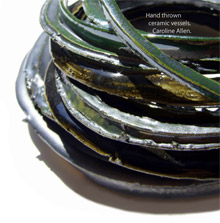Peter Skoglund (Gothenburg University)
In pre-industrial societies material culture is generally reproduced in a foreseeable way as the norm is tradition rather than modern concepts of creativity or invention. At certain points of time, however, history does change and the material culture of a given epoch is redefined and altered. From the perspective of European prehistory one such event is the transition from the Bronze Age to the Iron Age which in many parts of north-west Europe took place around 800 BC.
Detailed chronological studies have revealed a transition phase labeled the Gündlingen phase from c. 800 BC and covering only a couple of generations equivalent to about 50 years. The Gündlingen phase (HC0) stands out as an experimental period when the material culture of the Bronze Age was questioned in various aspects but no proper alternative was formulated. It is primarily from c. 750 BC (HC1) that material culture marking the introduction of a new historical epoch, such as new kinds of elite death rituals and the use of iron, is found on a grander scale.
In this paper I will apply the concept of creativity to the Gündlingen phase. With the aid of depictions of Gündlingen swords and associated winged chapes in rock-art I will argue that this phase is crucial for our understanding of the later rock-art tradition in south Scandinavia. The Gündlingen swords with winged chapes often occur in contexts stressing social inequality and aggression in contrast to an earlier more “peaceful” rock-art tradition. It will be argued that the questioning of older social norms and values by certain groups of people resulted in the emergence of novel visual expressions around 800 BC in south Scandinavia.


